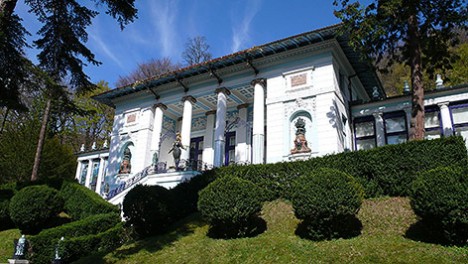He died peacefully in hospital in Vienna, surrounded by his family. According to the artist's wishes, he will be buried in Vienna's Hütteldorf cemetery.
Fuchs, who was instantly recognisable by his bushy beard and trademark patterned caps, was married three times and had 16 children.
He was born on February 13th 1930 in Vienna, the only child of a Jewish antiques dealer and a Catholic seamstress.
He was just 15 when he was accepted to study at the Academy of Fine Arts in Vienna. There he met fellow students Anton Lehmden, Arik Brauer, Wolfgang Hutter and Rudolf Hausner, with whom he went on to found the Vienna School of Fantastic Realism.
Fuchs was known internationally for works that combined clear lines and bright colours with allegorical and later religious themes.
He moved to Paris in 1950 and lived there for 12 years, travelling during this time to Italy, Spain, England and the US and befriending artists such as Salvador Dali, Giorgio de Chirico and Jean Cocteau.
In 1972 Fuchs bought the derelict Otto Wagner Villa in Hütteldorf, which he restored and transformed. The villa became the Ernst Fuchs Museum in 1988.
Since 1988 Fuchs lived in Monte Carlo and would stay at a hotel when he came to Vienna.

The Otto Wagner Villa in Vienna. Photo: Welleschik unter cc by-sa



 Please whitelist us to continue reading.
Please whitelist us to continue reading.
Member comments